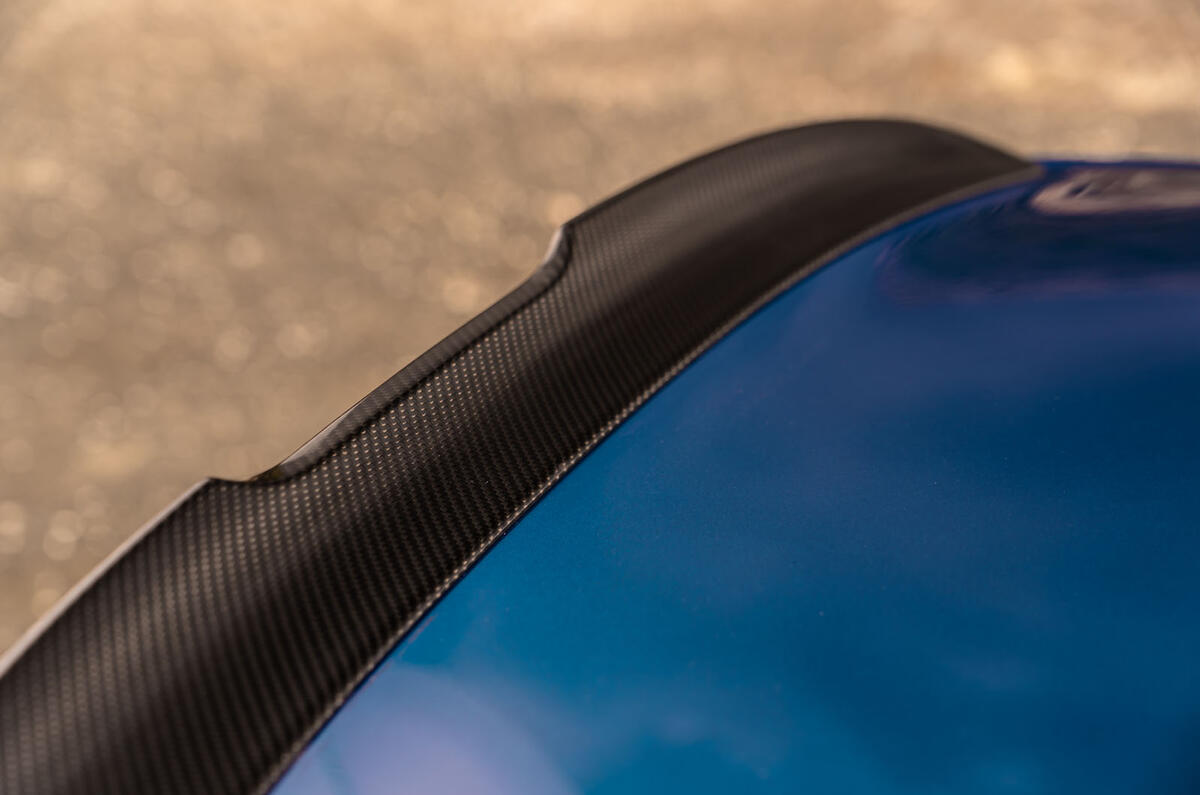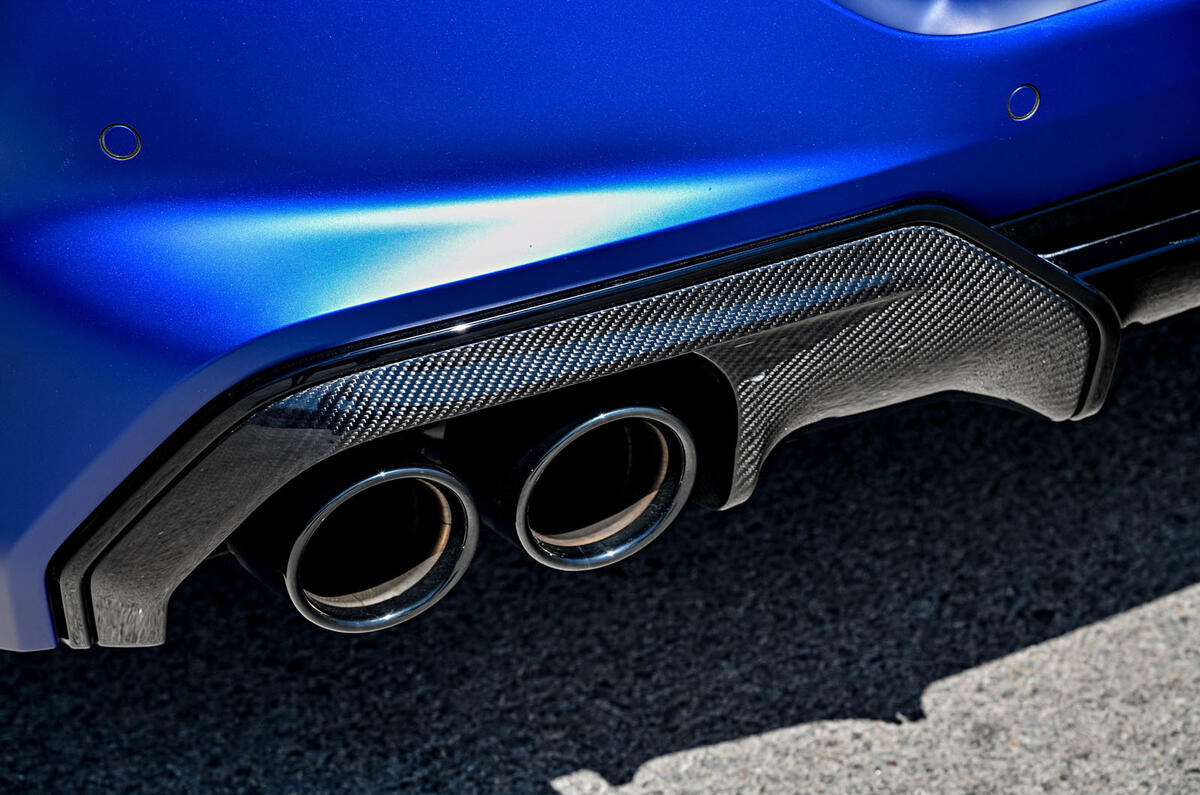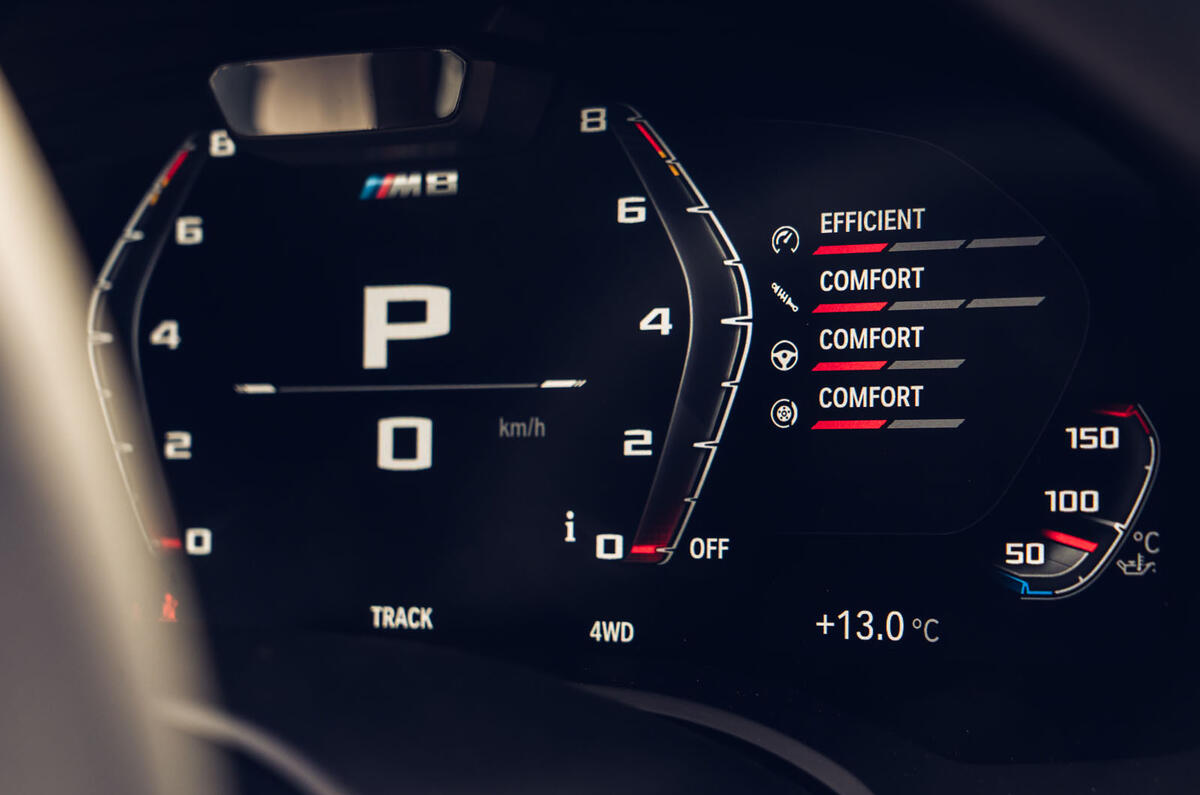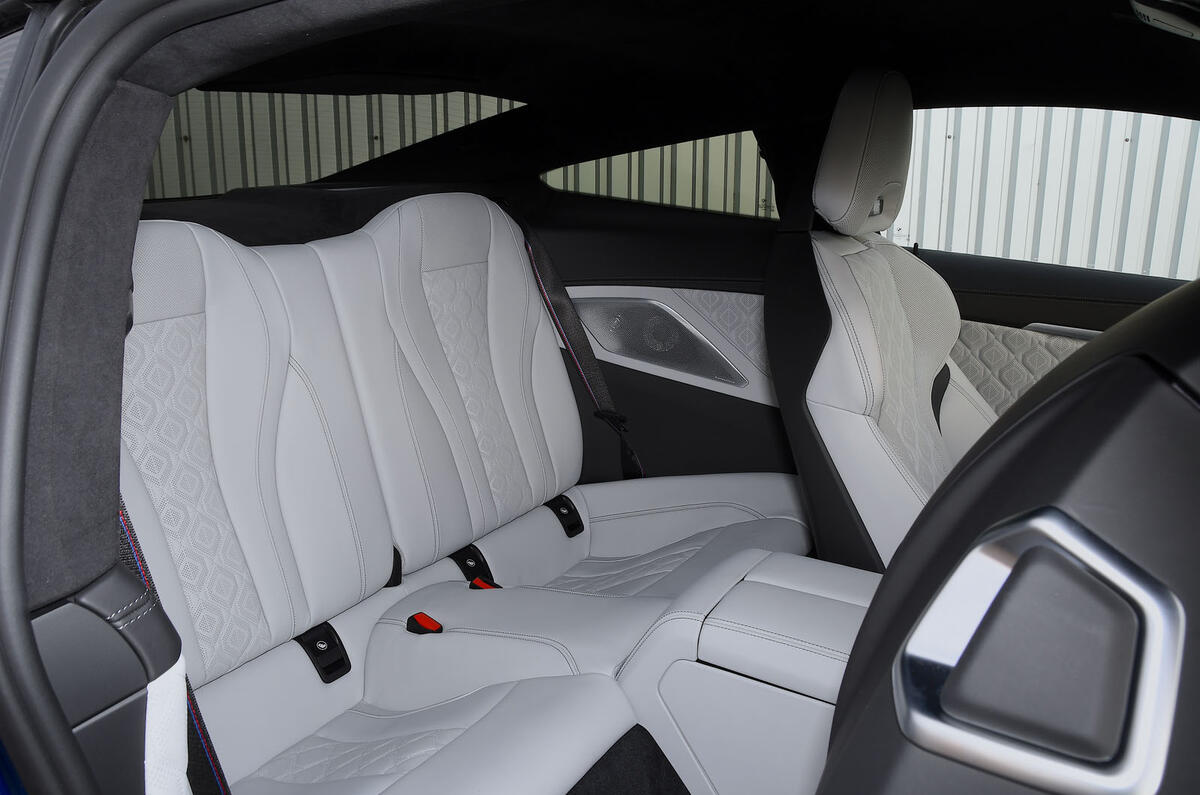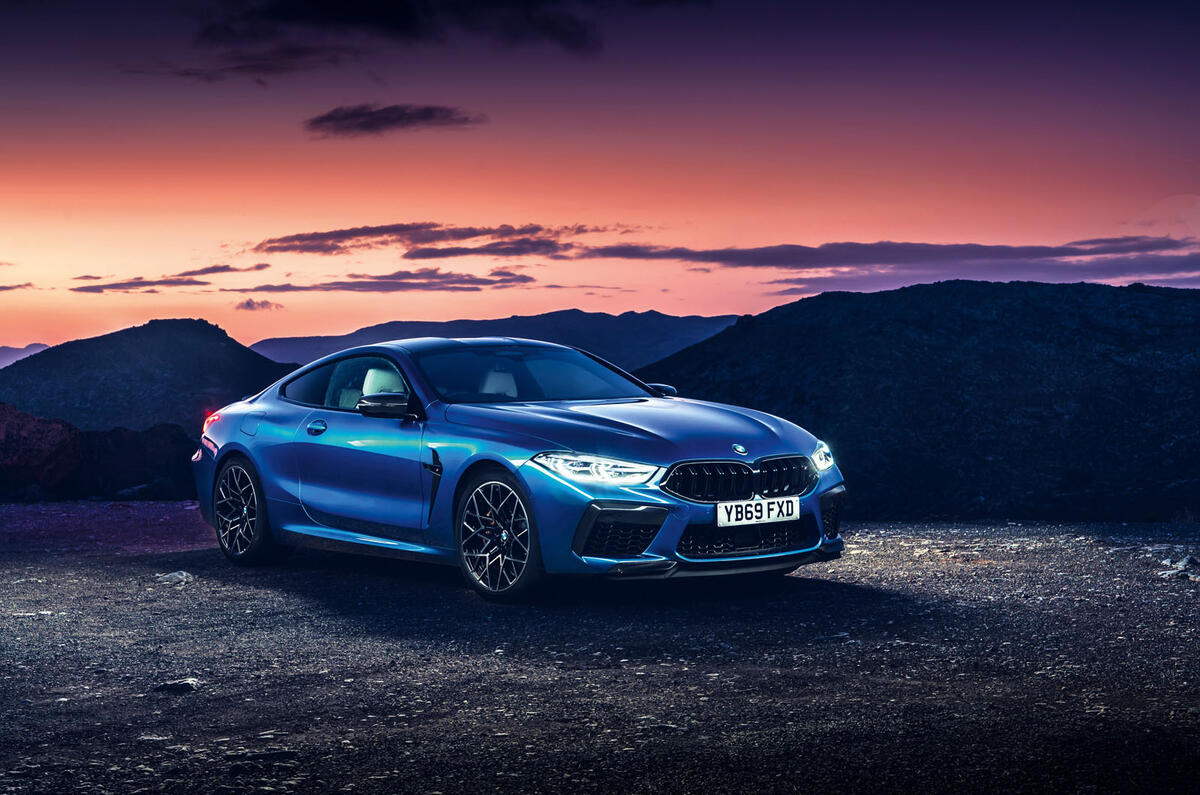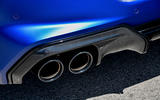Given the 8 Series is all but the length of an executive saloon car on the outside, you might expect it to be quite a roomy car inside. And you’d be wrong, away from the front seats, at least. You can fit occupants in the rear chairs – although not a very big one behind an occupied driver’s seat – but this is very much a 2+2. That’s not necessarily unusual in this class, and it’s more accommodating than a Porsche 911, say, but it’s worth bearing in mind. There’s a 420-litre boot behind, with an opening wide enough to accommodate an obligatory golf bag.
The front two occupants are well catered for, at least, with a pair of multi-way electrically adjustable, lavishly finished and accommodating seats that remain comfortable over distance yet provide good lateral support. BMW’s driving environment – a widely adjustable driving position, with a round wheel that you can pull close to your chest and pedals and seat laid out straightly – suits a low-slung GT car.
Once upon a time, this reassuringly straightforward approach would have extended to the minor controls and the dials, too, but a modern BMW seemingly has more controls to worry about – or gives its driver more to worry about – than a big round pair of instruments and a few clearly marked buttons. Next to the gearlever and iDrive controller are the buttons for a rather bewildering array of driving modes and it’s a theme continued on the thick-rimmed steering wheel, which features not just one but two shortcuts to your favourite drive mode and its runner-up in the preference stakes.
With familiarity, all of this gets more comfortable, of course, and it’s preferable by a fair margin to some Mercedes-AMGs. But still, we’d prefer an interior with a little less going on.
BMW M8 Competition infotainment and sat-nav
Each iteration of BMW’s iDrive, which started life as a single rotary dial and not much else, gets better and better and for a long while has been augmented by programmable buttons on the dashboard. That helps no end with often used features – navigate to home, reset the radio from whatever the kids tuned it to.
To those functions, recently, you’ve also been able to add a touchable centre screen and motion-sensing controls. Throw in voice activation as well and there are more ways than we can fathom to operate some of the BMW’s myriad systems. And because we’re all different, having several different ways to achieve the same thing is excellent.
If you decide your phone doesn’t have the best apps, BMW’s are very good. Its navigation system is among the best in the business. With the Ultimate Pack, you get an upgraded Bowers & Wilkins stereo, which sounds ace, too.







